(Prices correct as of today’s date, are updated daily, are subject to change and represent genuine availability at time of update).
Cruise only holidays are financially protected by ABTA. Fly cruise holidays are financially protected by P&O Cruises under ATOL number 6294
Please click here to check the essential travel requirements before booking this cruise.
Want to add a hotel stay or change your flights?
Just call our team of cruise specialists to help build your dream cruise holiday today!
Prices based on 2 people sharing. Cruise only price does not include flights. Fly-cruise price may vary by chosen UK airport.
Itinerary
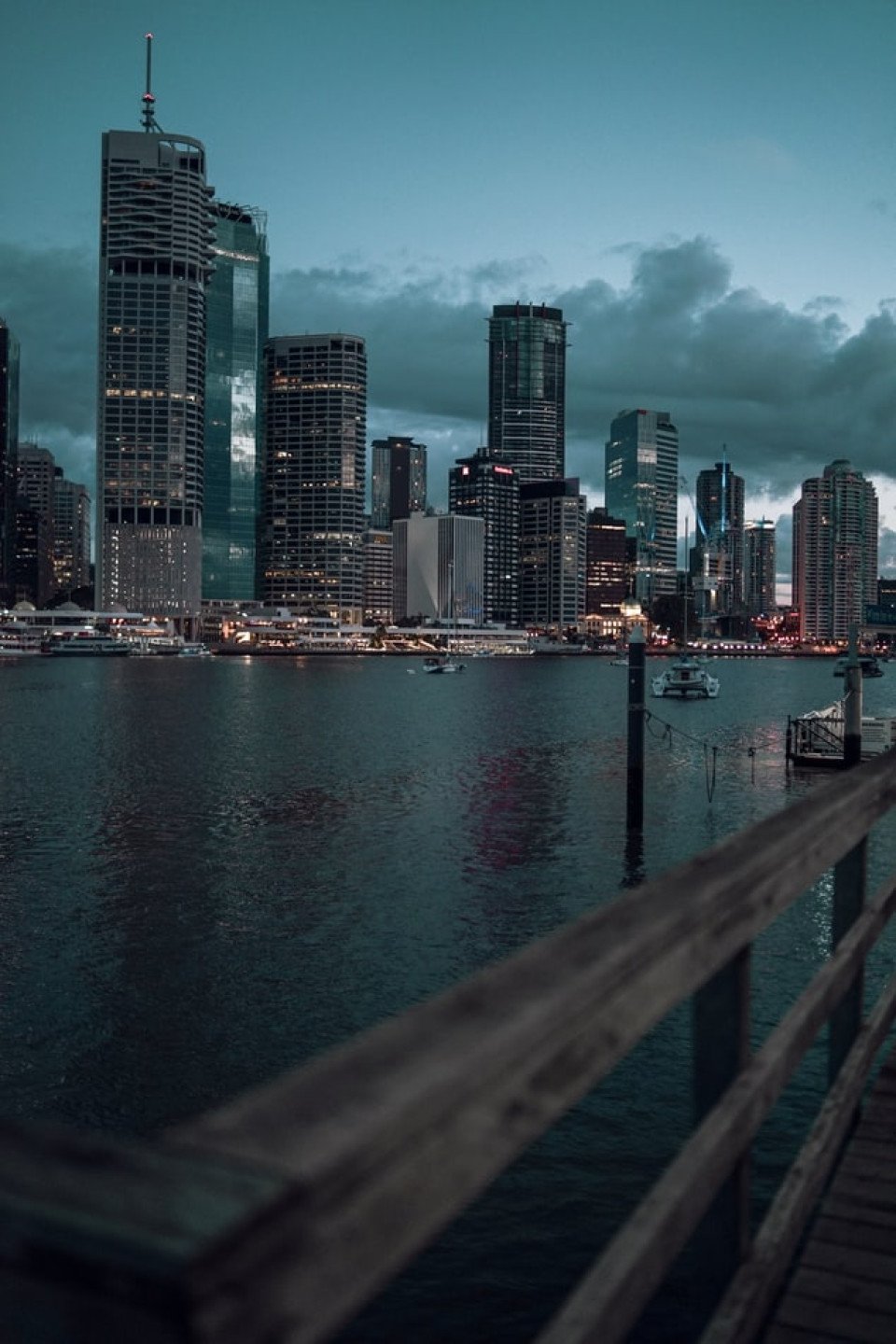
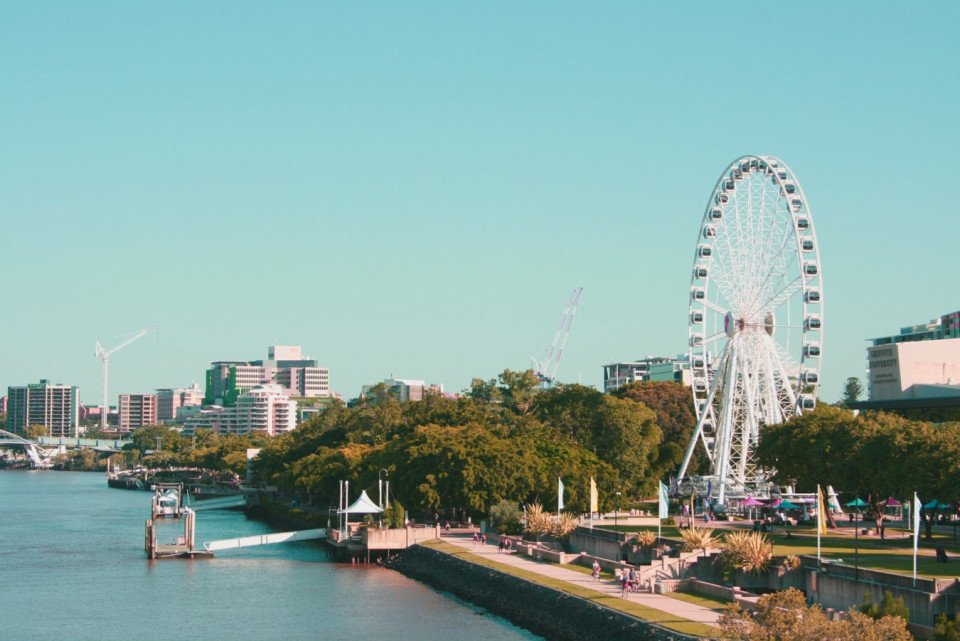
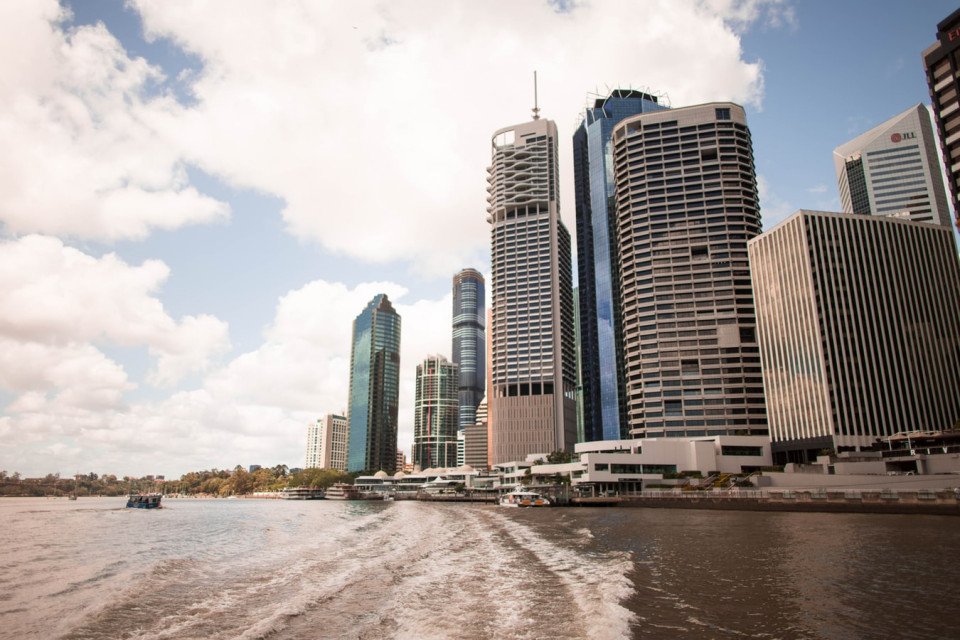
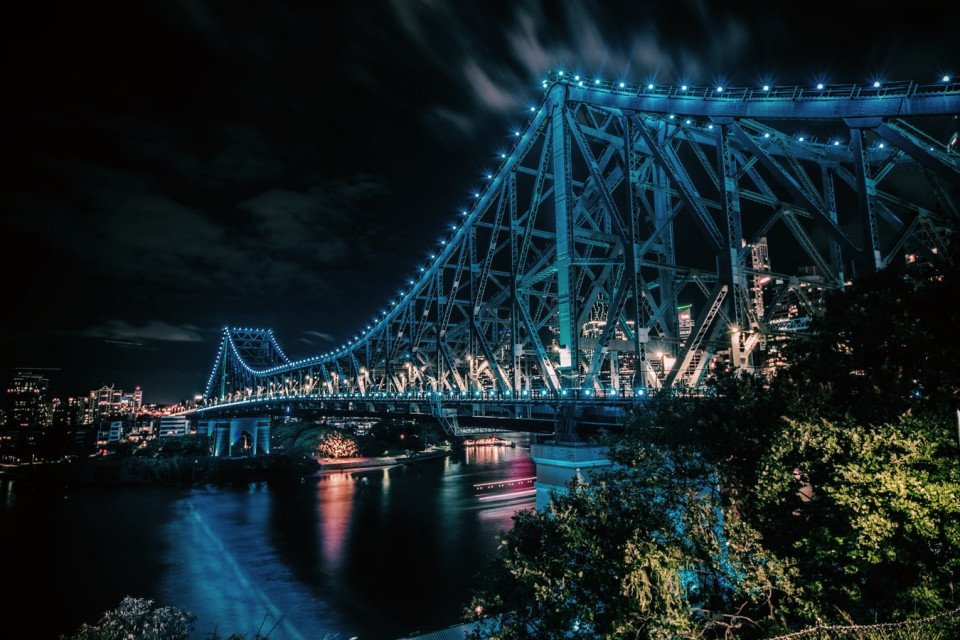
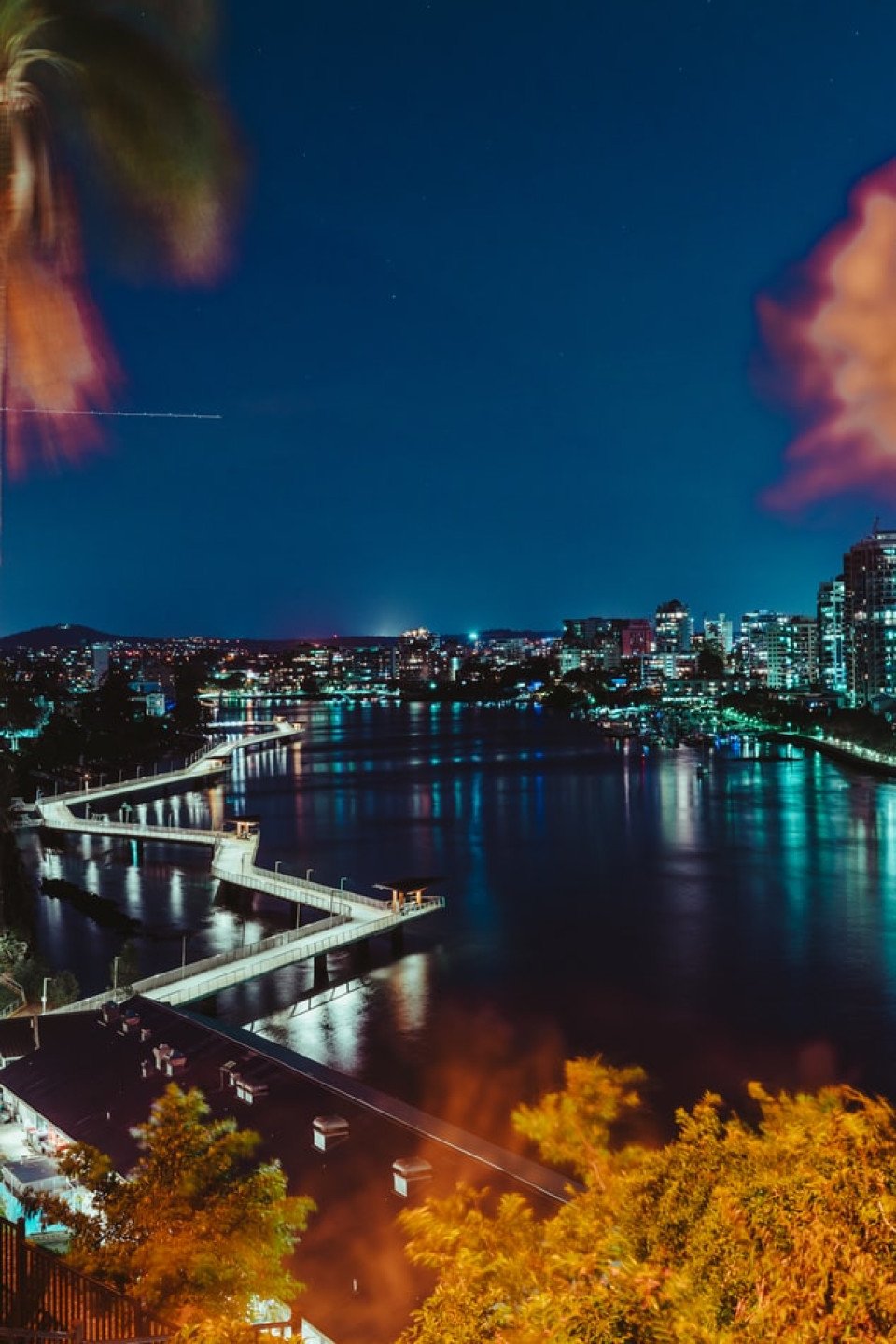
Brisbane, Queensland
Founded in 1824 on the banks of the wide, meandering Brisbane River, the former penal colony of Brisbane was for many years regarded as just a big country town. Many beautiful timber Queenslander homes, built in the 1800s, still dot the riverbanks and inner suburbs, and in spring the city'... Read More
Brisbane, Queensland
At Sea
At Sea
Cairns, Queensland
At Sea
Alotau
At Sea
At Sea
At Sea
At Sea
At Sea
Manila
At Sea
At Sea
Hong Kong
Hong Kong
At Sea
At Sea
At Sea
Singapore
Port Klang
Georgetown, Penang
At Sea
At Sea
At Sea
Colombo
At Sea
At Sea
At Sea
At Sea
Mauritius
Saint-Denis de la Réunion
At Sea
At Sea
At Sea
Durban
At Sea
Gqeberha (ex Port Elizabeth)
Gqeberha (ex Port Elizabeth)
At Sea
Cape Town
Cape Town
At Sea
Walvis Bay
At Sea
At Sea
At Sea
At Sea
At Sea
At Sea
At Sea
Sao Vicente Island
At Sea
At Sea
Santa Cruz de Tenerife
At Sea
At Sea
At Sea
Southampton
What's Included with
P&O Cruises
Accommodation
Breakfast, lunch, dinner and snacks in a choice of included dining venues
Entertainment throughout the day and evening
Use of swimming pools, hot tubs, fitness centre and leisure facilities where available
Complimentary shuttle service from ship to port where available
Port taxes
Themed events and discos
Tea and coffee in seleted venues
Porterage of luggage from port to cabin
Youth programmes for 2-17 year olds
Free of charge babysitting from 6 months - 4 years of age. Daily from 6pm to 2am
Explore Arcadia


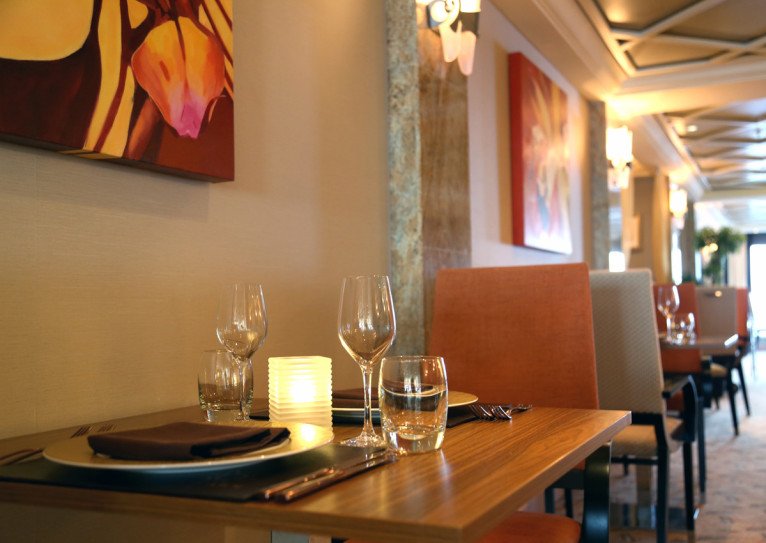

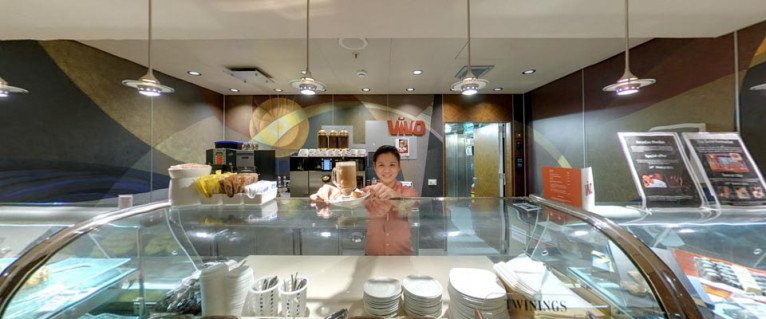
Neptune Grill
Enjoy a variety of snacks including burgers, hot dogs and fish and chips (this dining option is included in the price of your holiday).
Dance Classes
There are coupled dance instructors onboard who offer a variety of dance lessons. The main types of dance offered are ballroom and Latin. As well a group lessons, it is also possible to arrange 1 to 1 tuition. On some occasions, there are celebrity dance instructors on board too. Everyone is welcome regardless of experience.
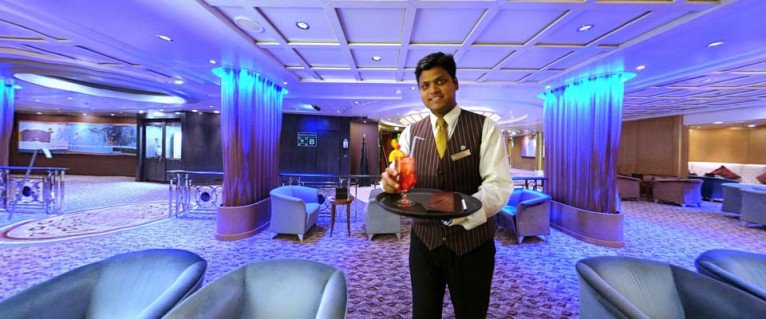
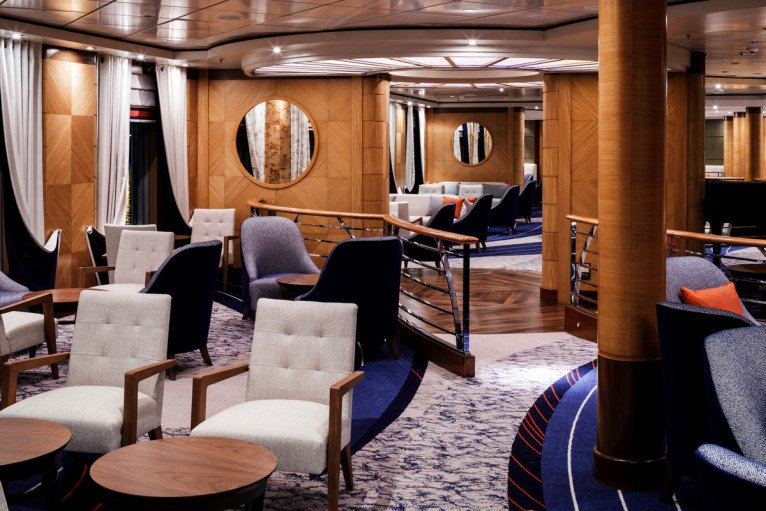

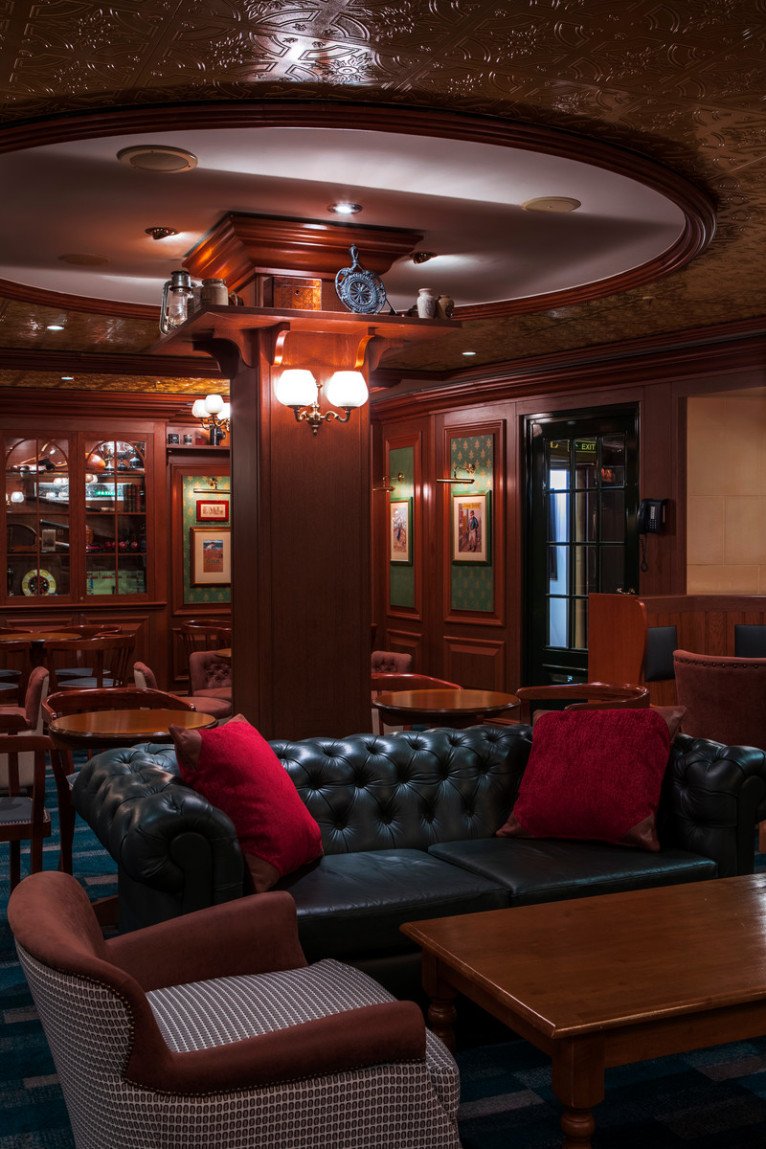
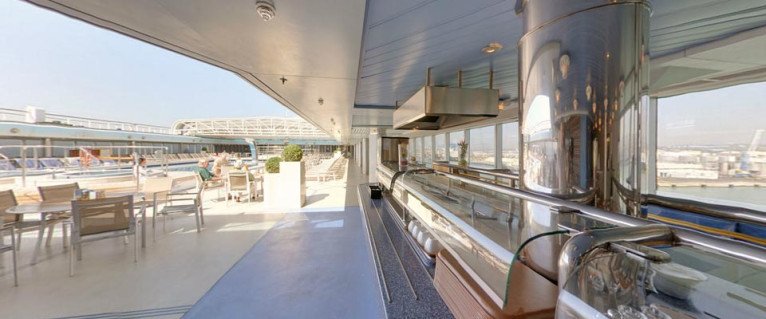
The Palladium
Arcadia's impressive three tier theatre, The Palladium, is located at the very forward end of the ship. Inside you will find comfortable theatre-style-seating arcs around the stage in three tiers, affording you excellent views of the stage. In The Palladium, the drama is not confined to the stage, as the décor adds a theatrical touch of its own. A rich colour scheme of royal blue, violet, midnight blue and silver sets off the main attraction - the shows themselves! Suede and crushed velvet adds an opulent touch, ensuring The Palladium has all the magic and anticipation of the West End!
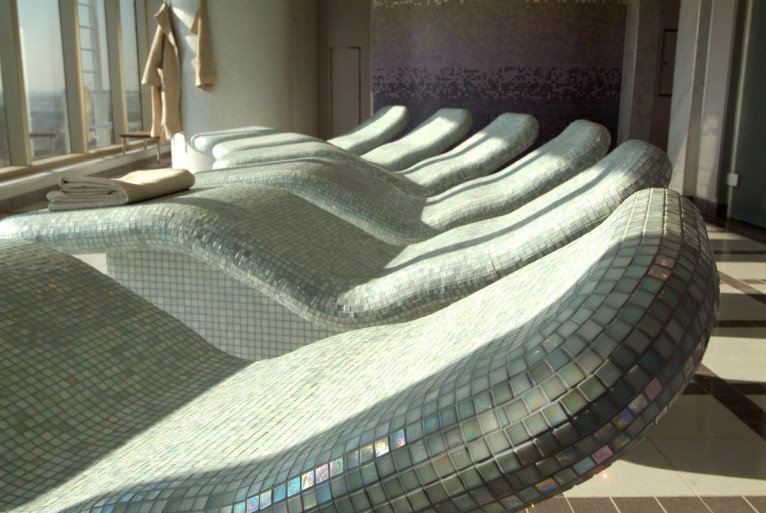
Oasis Spa
Putting the aah in spa. Think luxurious spaces to relax in, salon treatments and the aroma of scented oils. You can enjoy a warming and cleansing visit to the sauna and steam rooms. Or opt for the very latest in facials, manicures, pedicures, aromatherapy or massages. Within the Oasis Spa are Arcadia's hydrotherapy pool and thermal suite, where you'll find steam rooms, sauna and ‘experience’ showers as well as heated ceramic beds where you can relax.
Sky Deck

- Sports Court
- Sindhu
- East Bar
Sun Deck

- The Crow's Nest
- Skydome
- Diversions
- The Retreat
- Wedding Venue/Viceroy Room
- Mini-Suites
- Deluxe Balcony Cabins
- Single Balcony Cabins
- Single Inside Cabins
- Inside Cabins
A Deck

- Deluxe Balcony Cabins
- Inside Cabins
- Suites
Lido Deck

- Gym
- Oasis Spa & Salon
- Hydro Pool
- Steam Rooms
- Sauna
- Neptune Pool
- Neptune Bar
- The Belvedere
- Aquarius Pool
- Aquarius Bar
B Deck

- Suites
- Mini-Suites
- Deluxe Balcony Cabins
- Inside Cabins
D Deck

- Suites
- Mini-Suites
- Deluxe Balcony Cabins
- Inside Cabins
E Deck

- Suites
- Deluxe Balcony Cabins
- Outside Cabins
- Inside Cabin
C Deck

- Suites
- Deluxe Balcony Cabins
- Outside Cabins
- Inside Cabins
Prom Deck

- The Palladium
- Shopping
- Horizon
- The Screening Room
- Caffe Vivo
- Library
- Emporium
- The Piano Bar
- Meridian Restaurant
F Deck

- The Palladium
- Monte Carlo Casino
- The Rising Sun
- The Globe
- Art Gallery
- Ocean Grill
- Intermezzo
- Spinnaker Bar
- Meridian Restaurant
G Deck

- The Palladium
- Reception
- Outside Cabins
- Inside Cabins
Arcadia Cabins & Suites


Inside Cabin

Sea View

Balcony Cabins
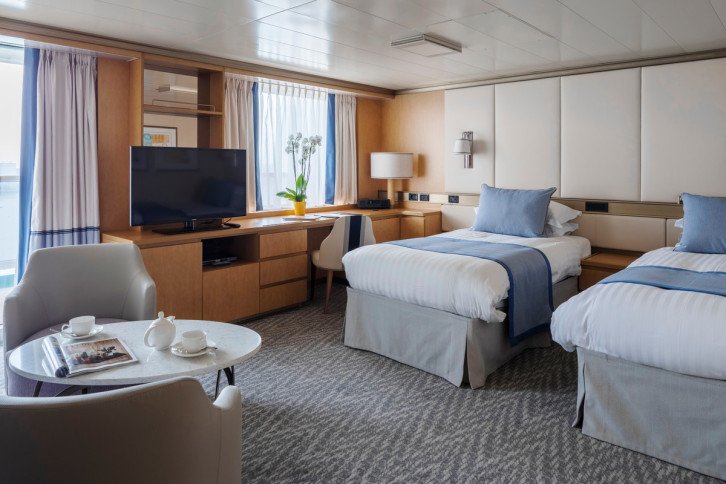


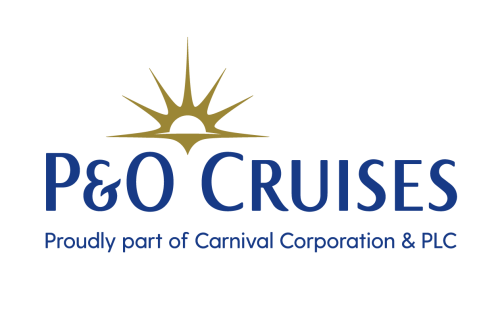
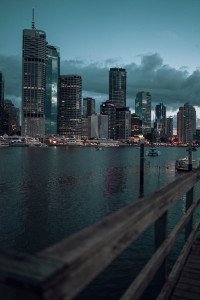
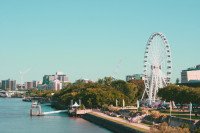

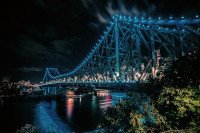
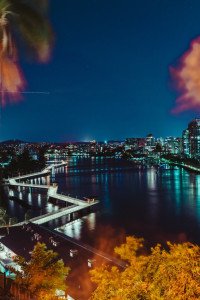



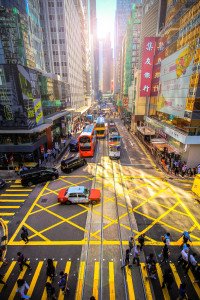
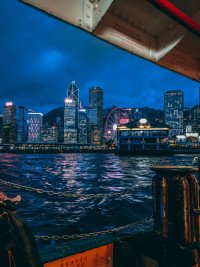
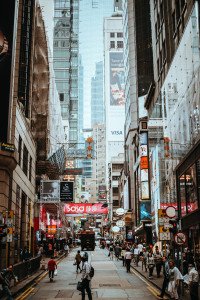
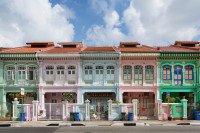

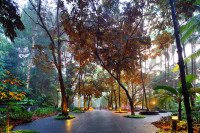
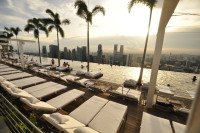
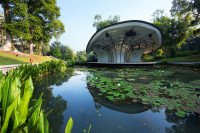
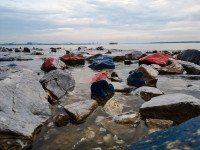

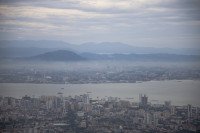





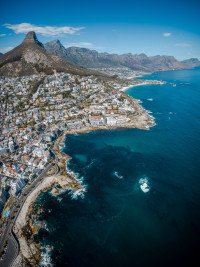
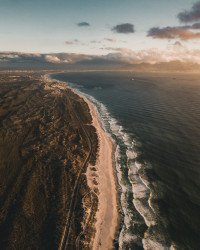
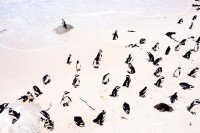

-custom_banner-thumb.jpg)
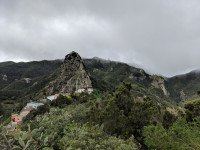
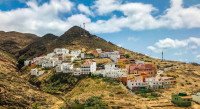
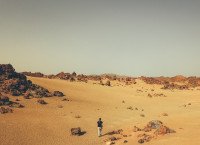
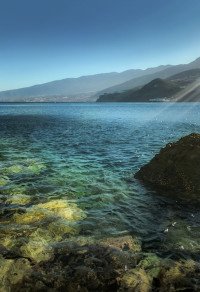
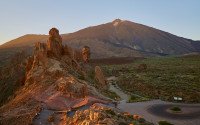
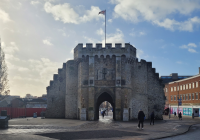
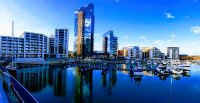
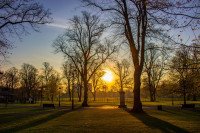
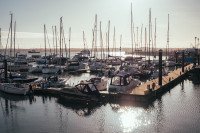



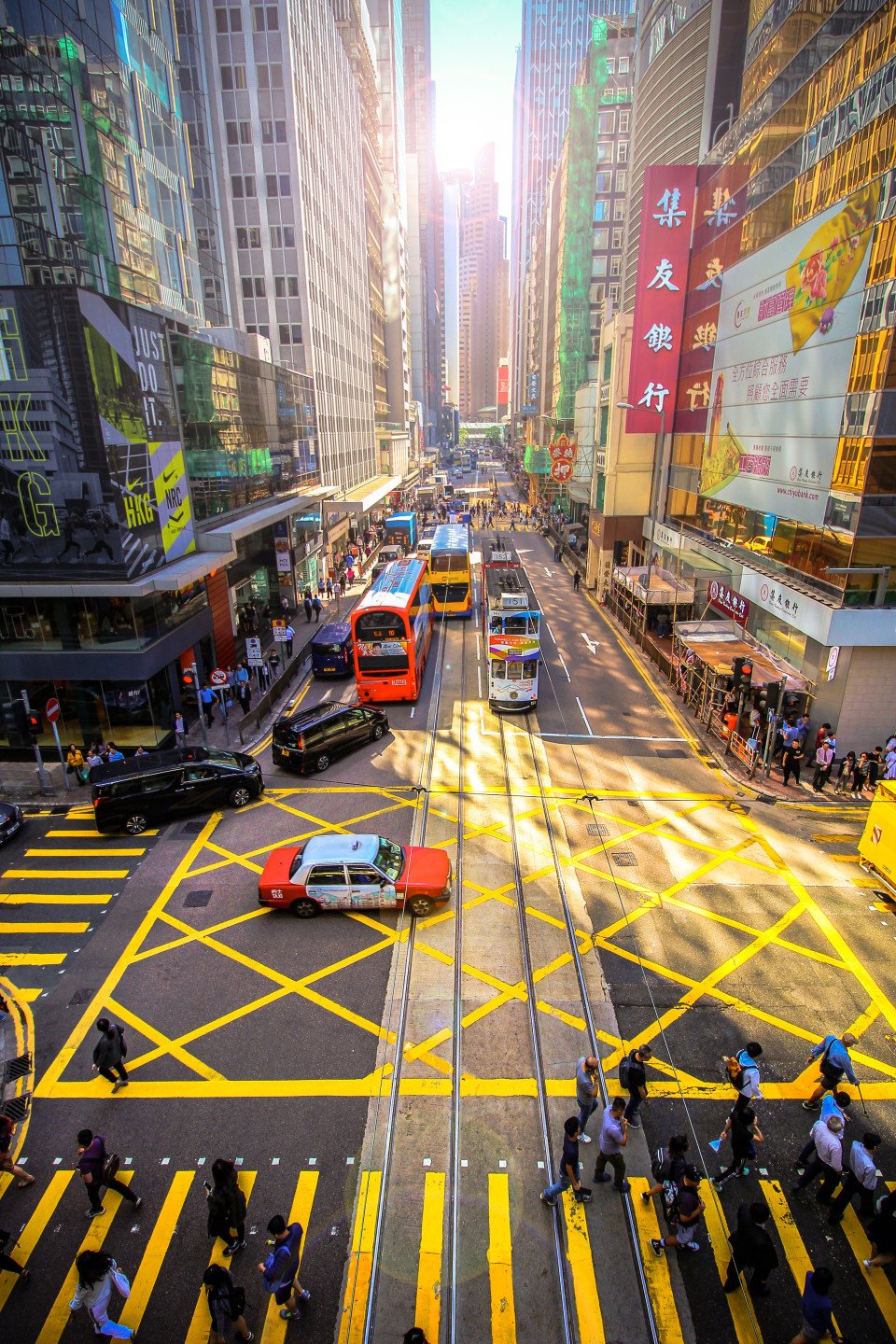
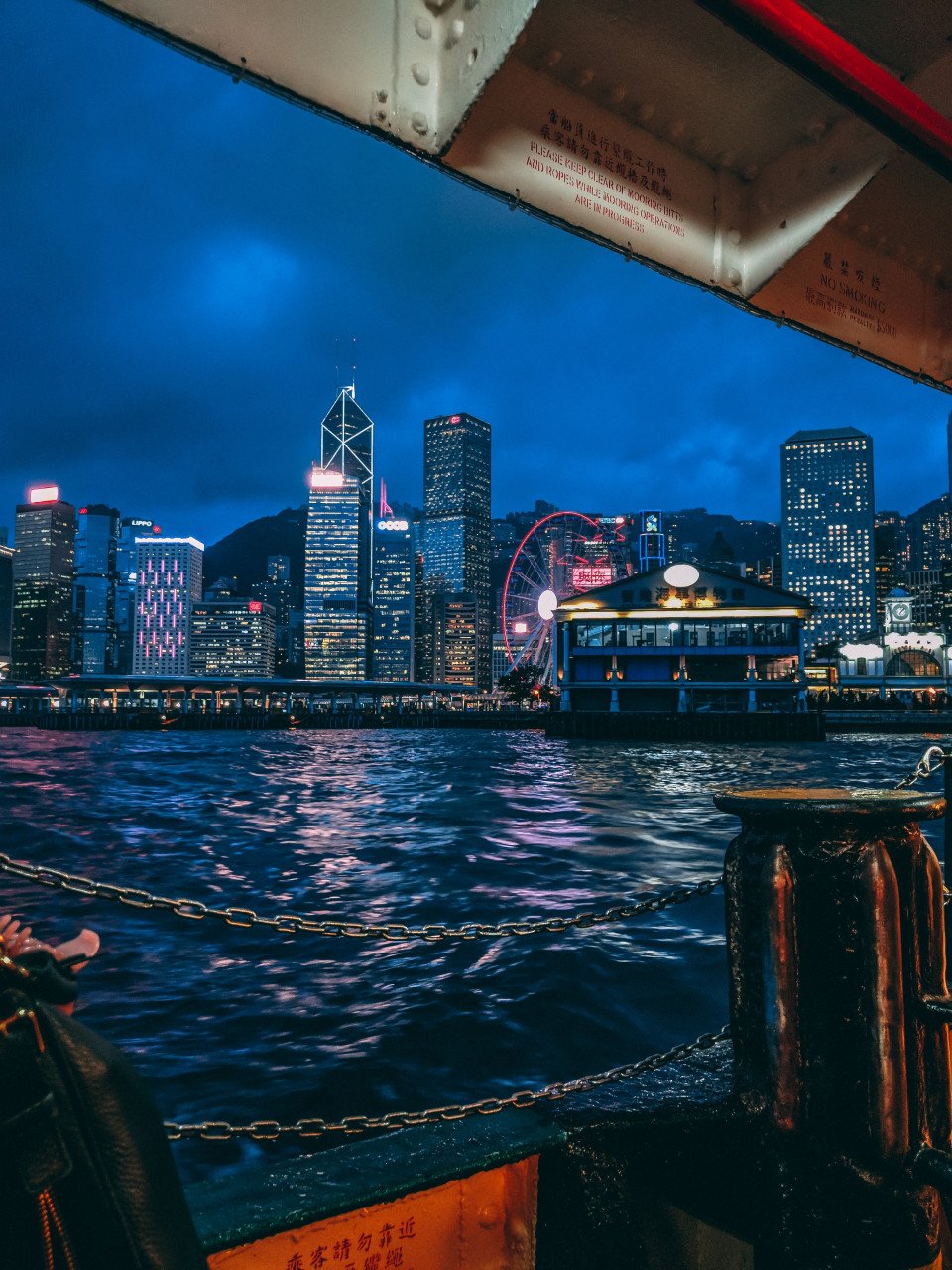
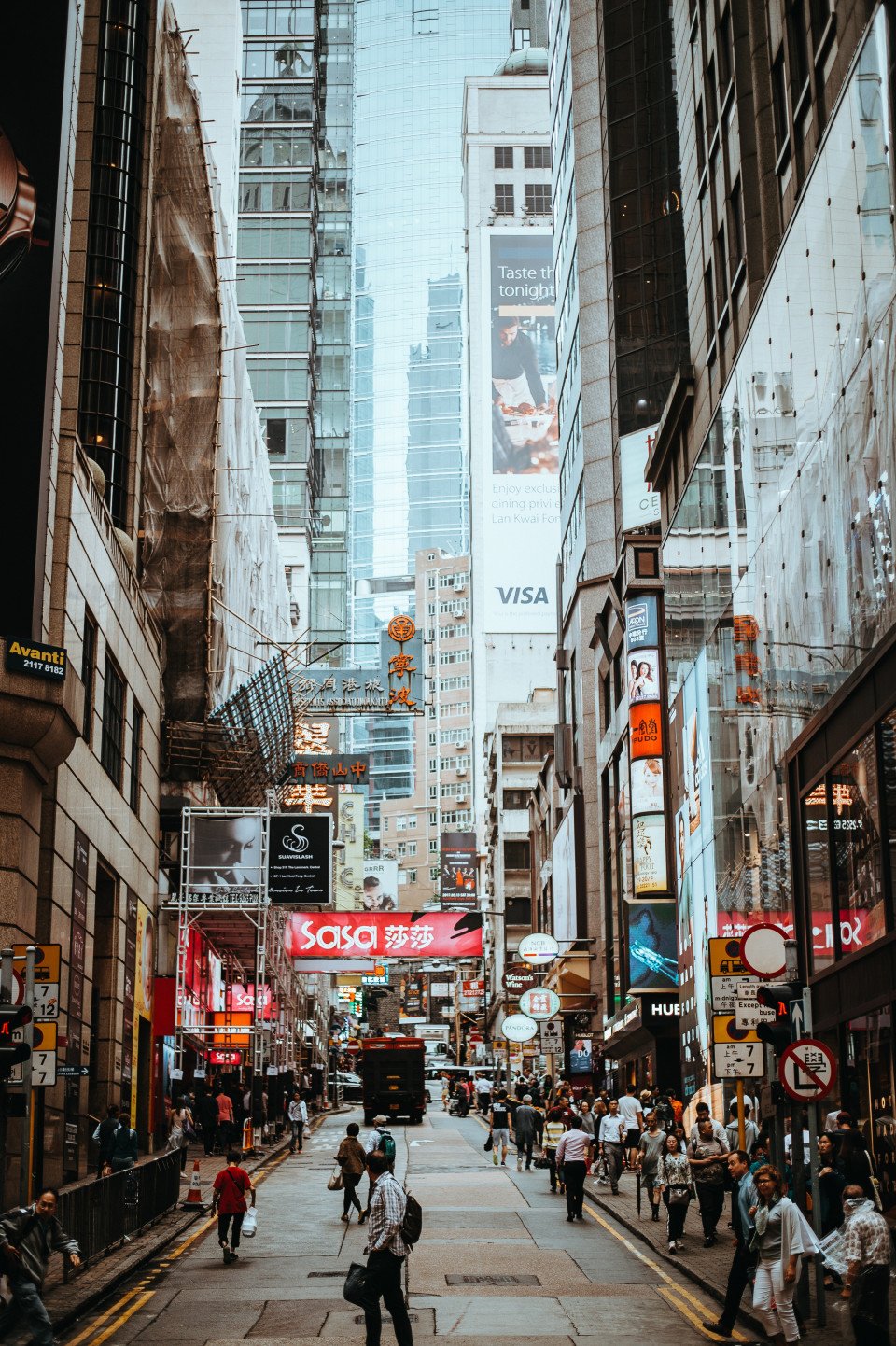
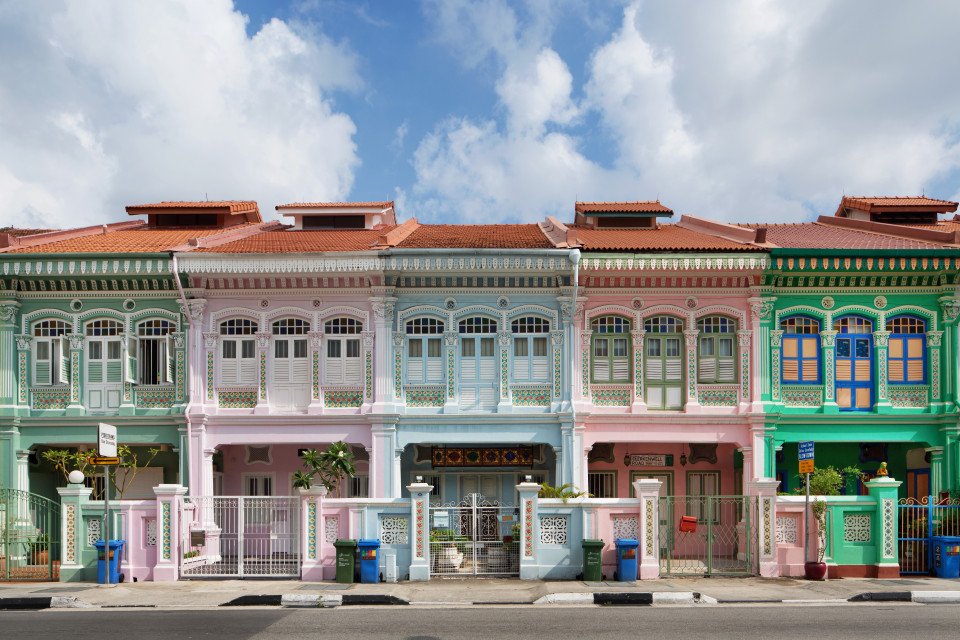
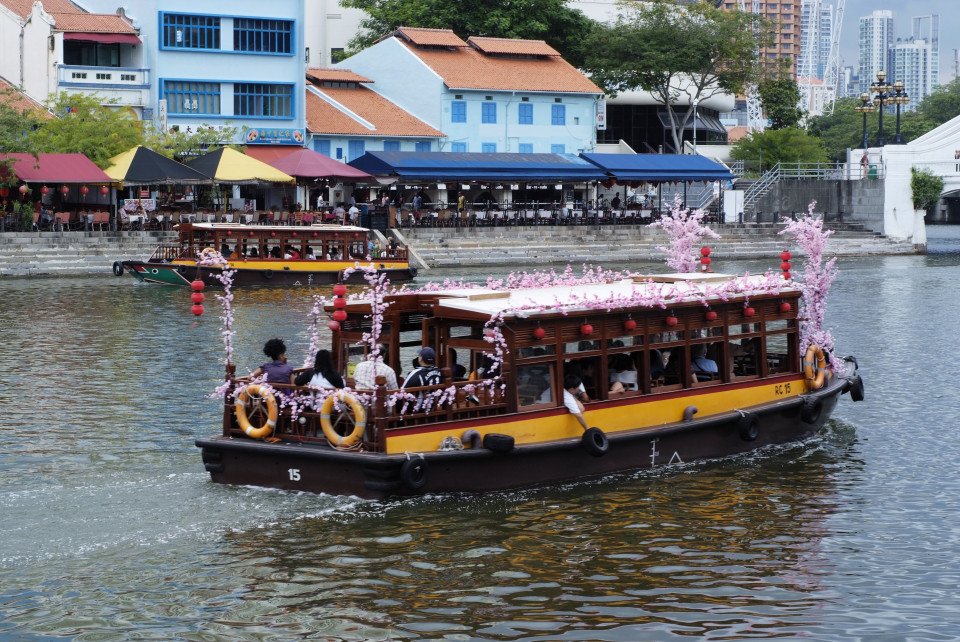
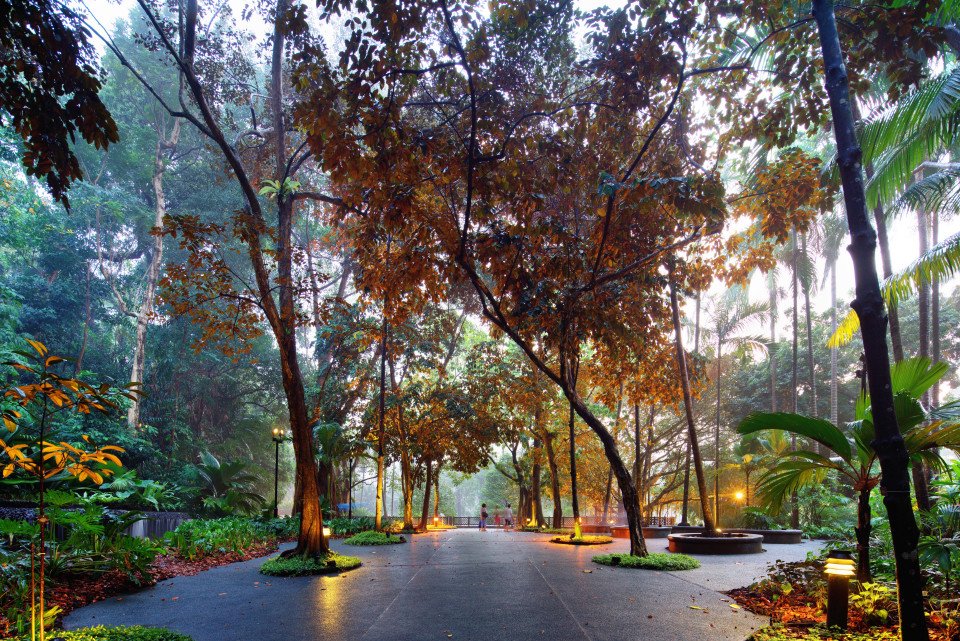
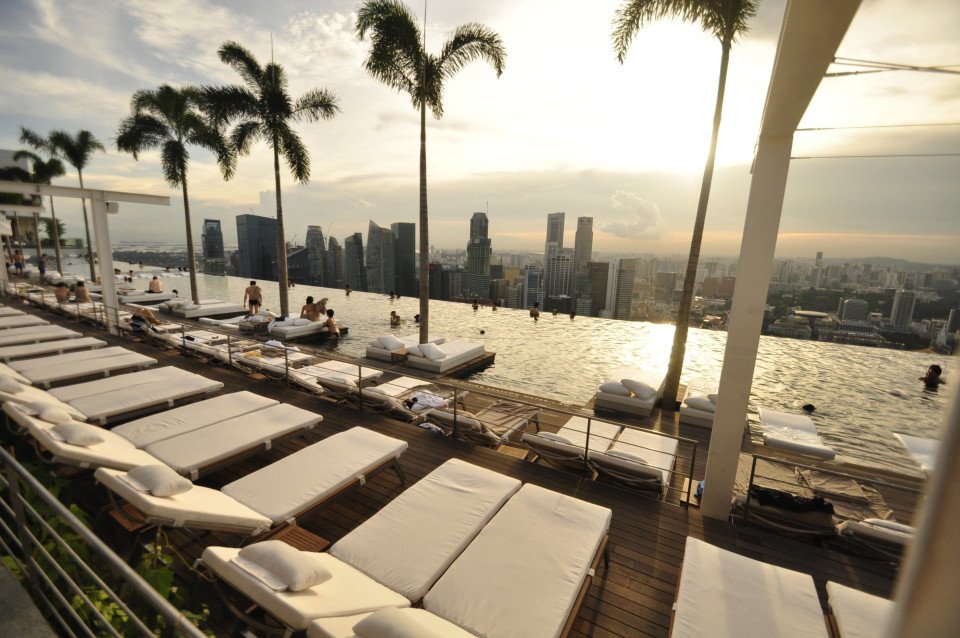
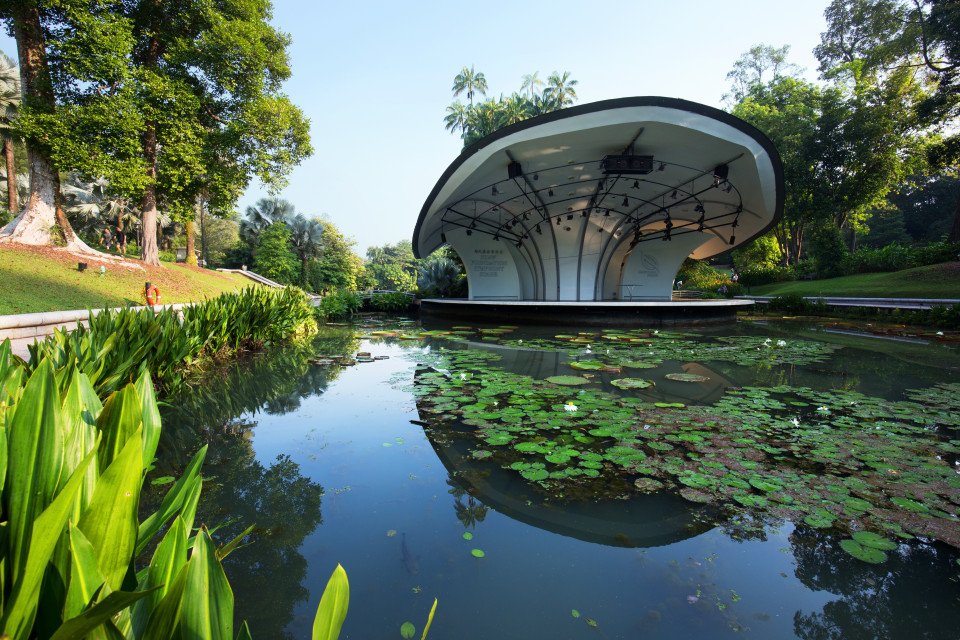
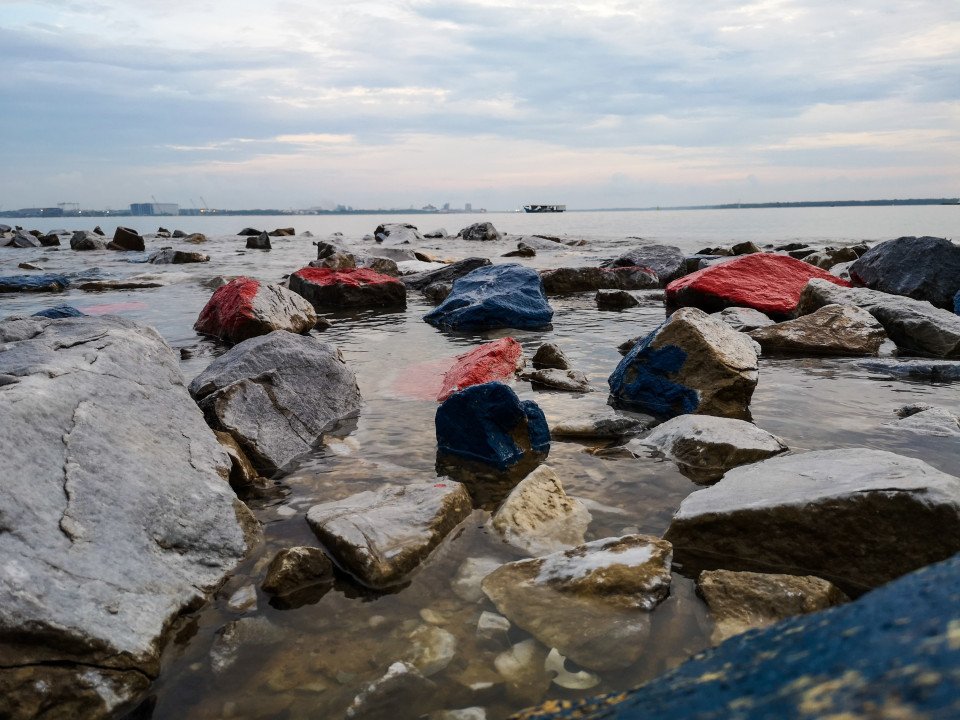
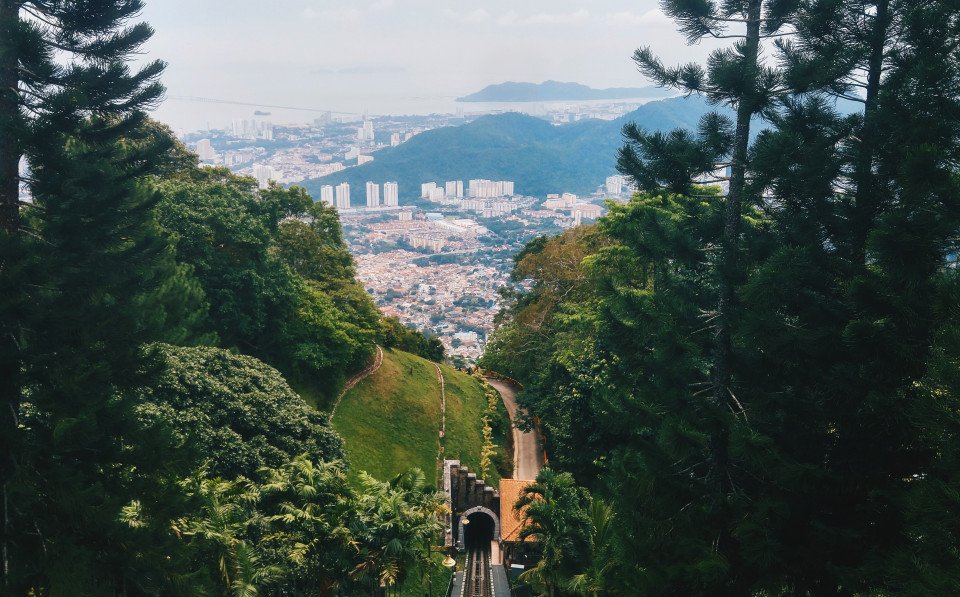
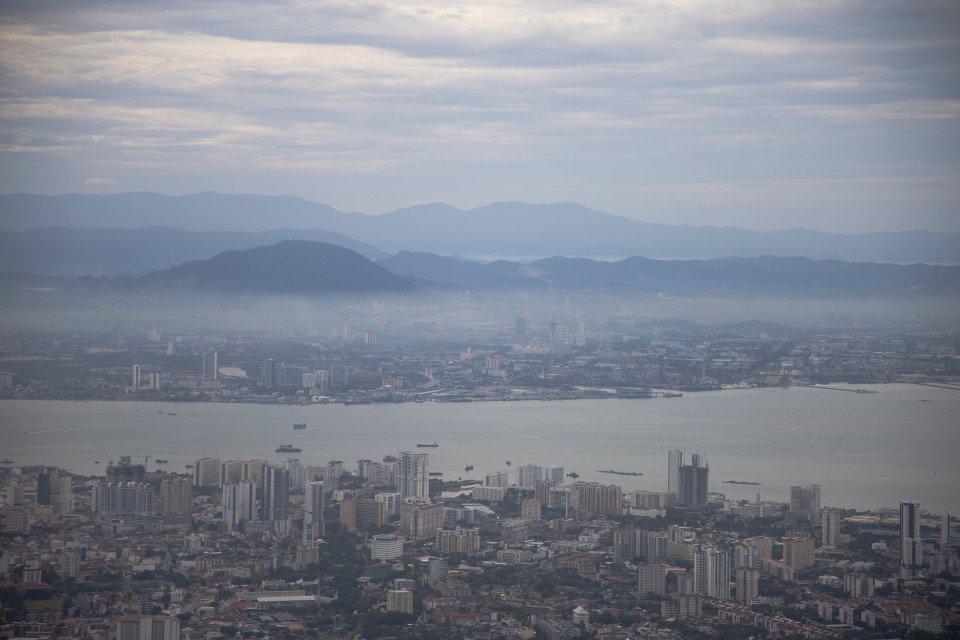






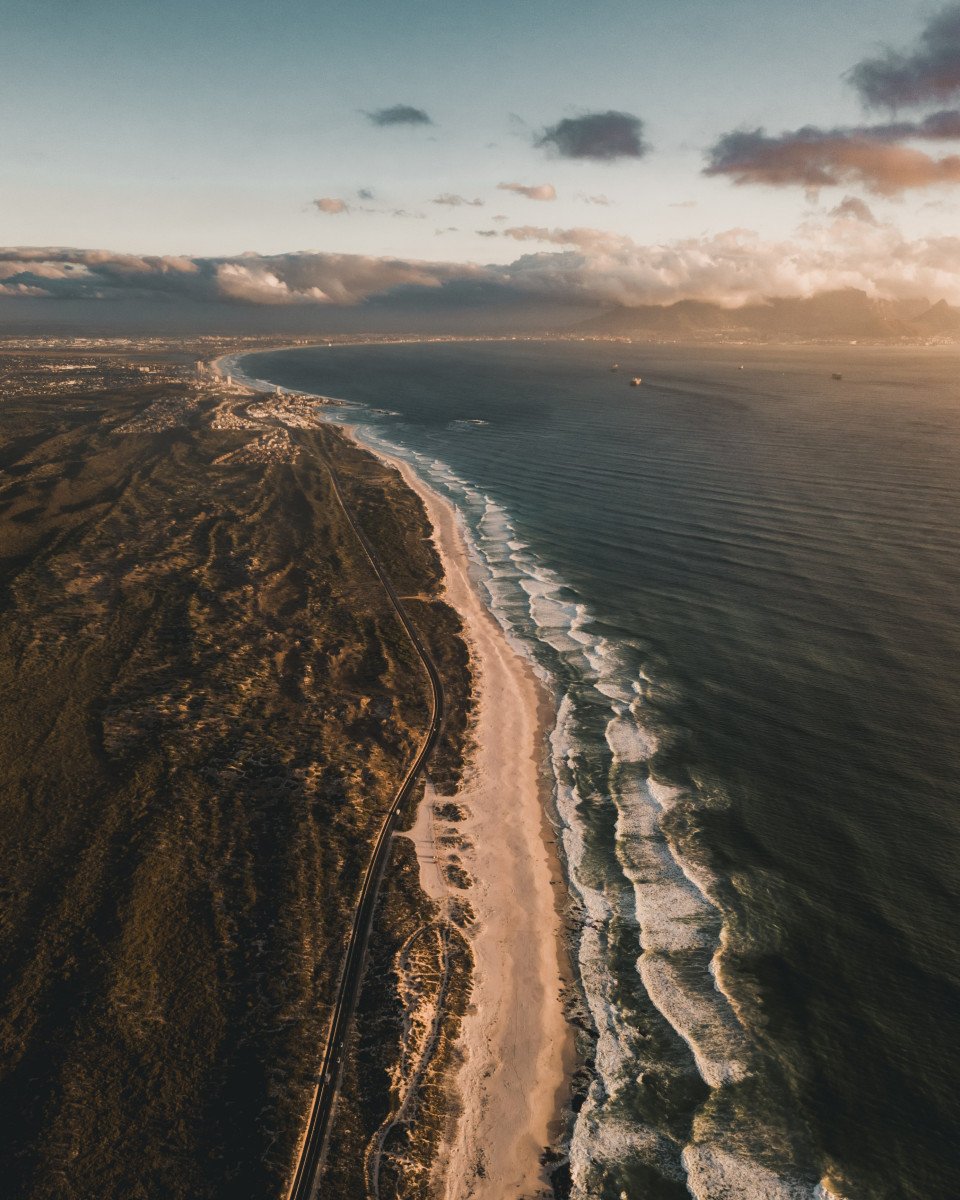
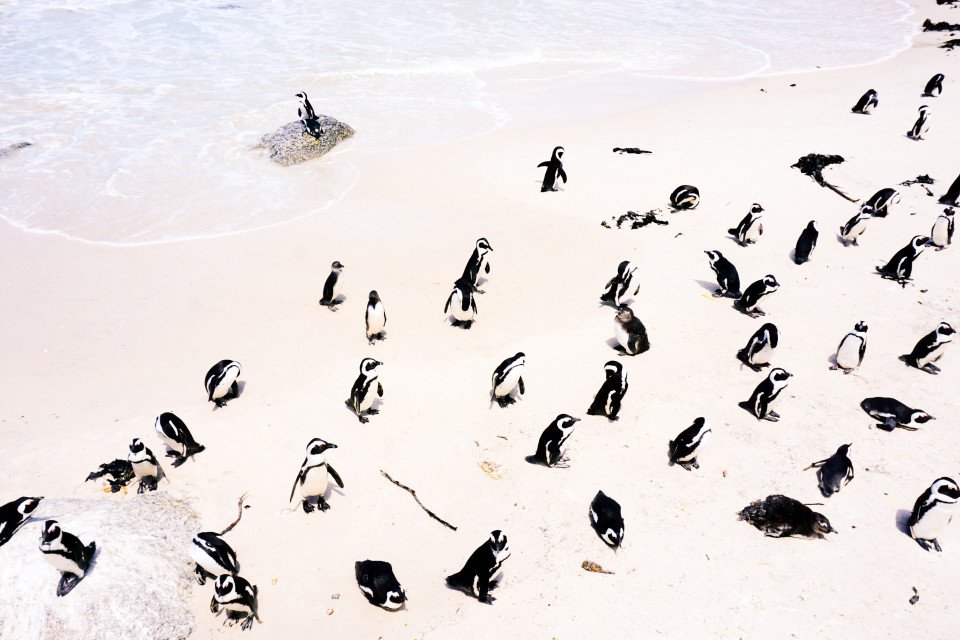

-custom_banner-banner_half.jpg)
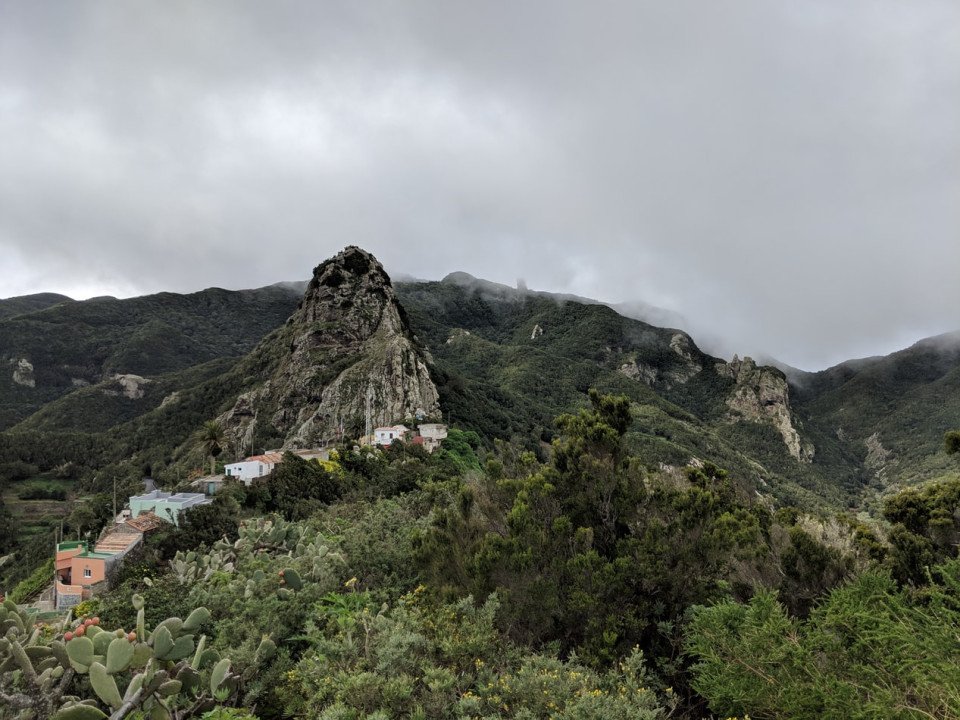
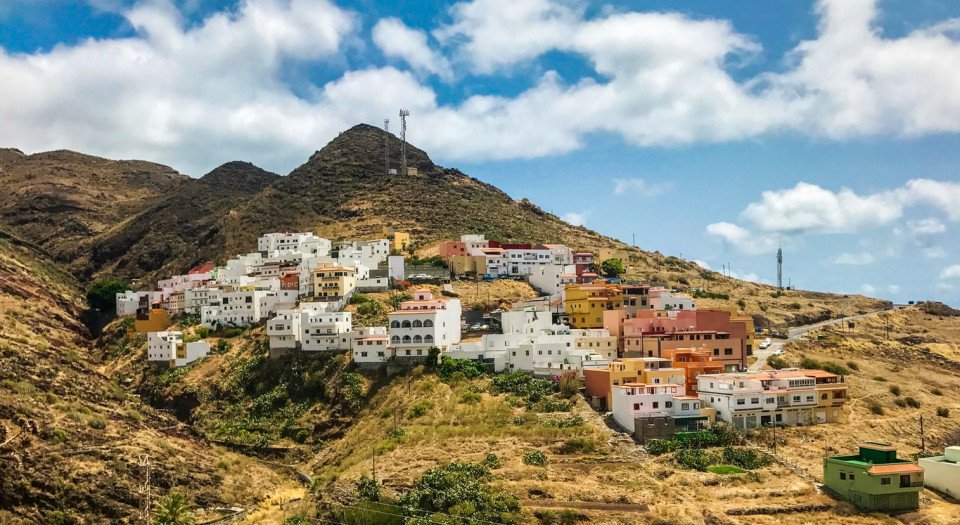

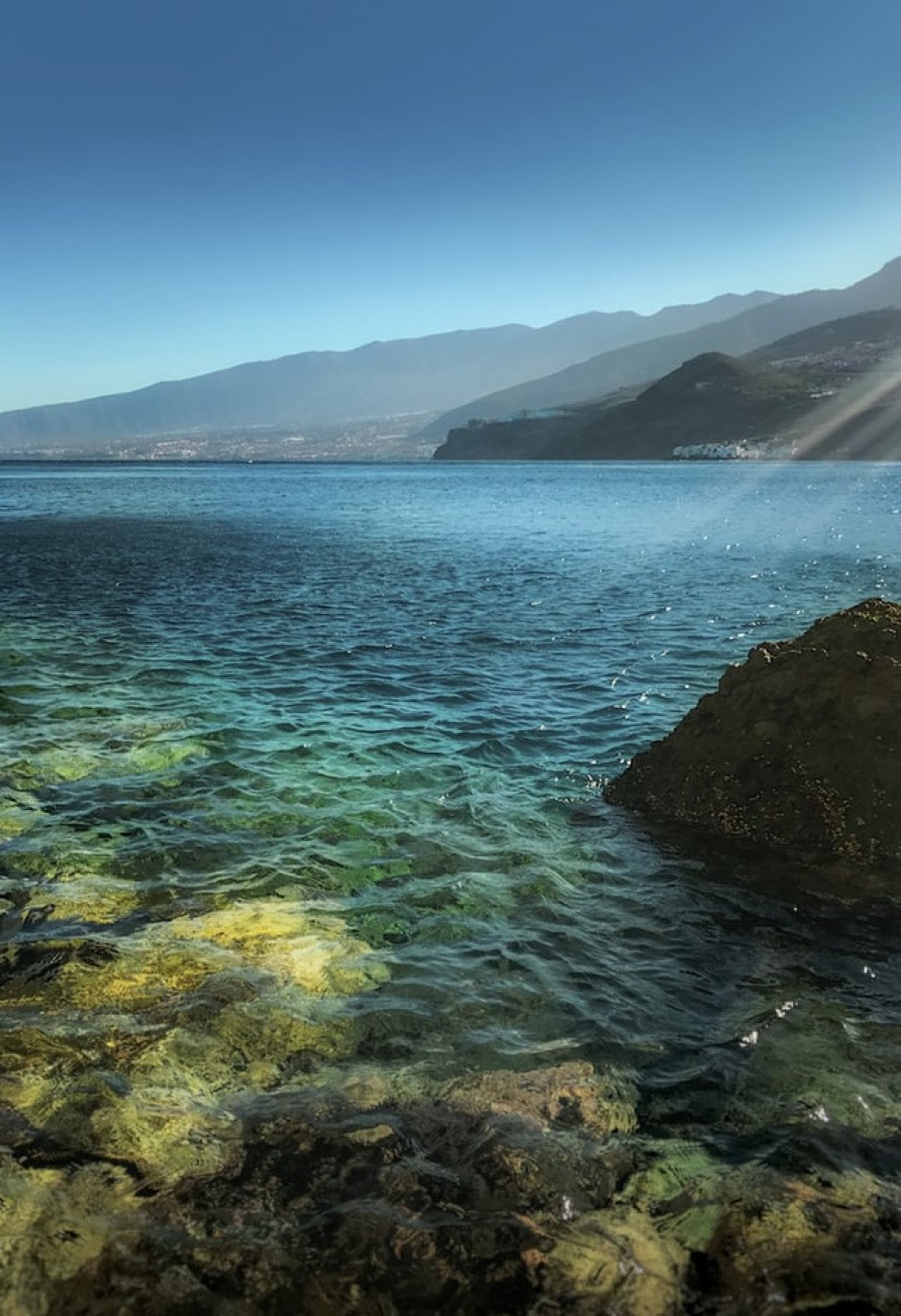
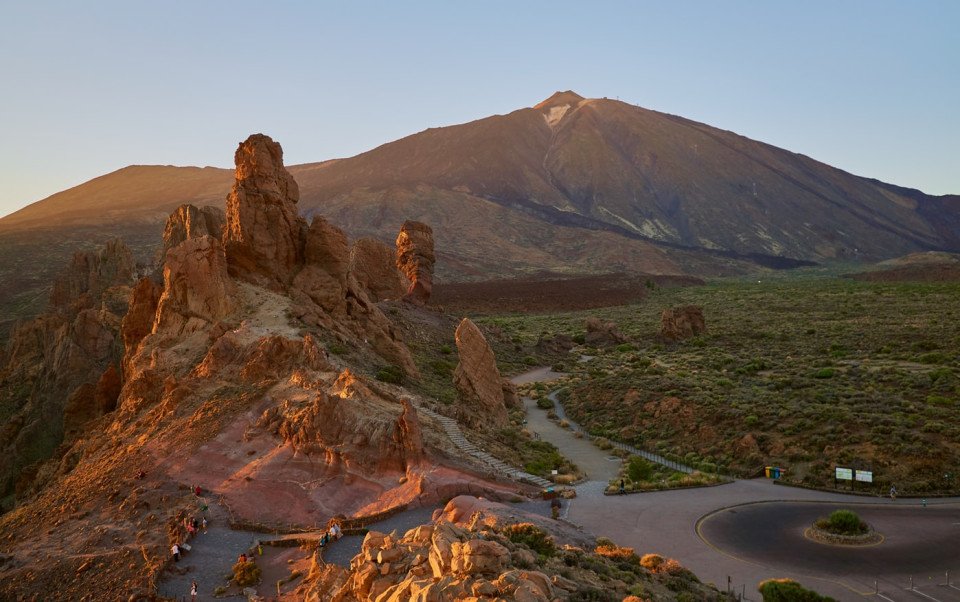
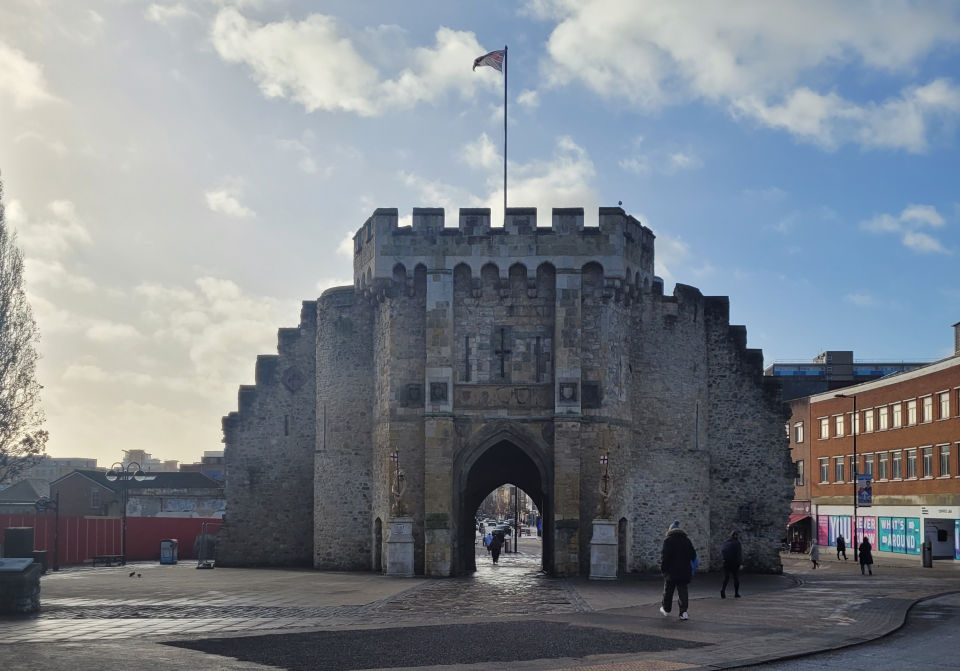
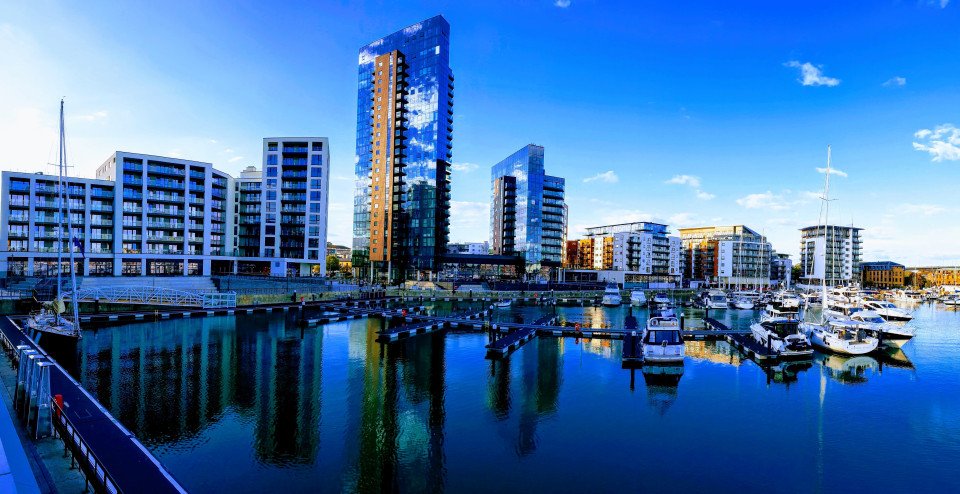
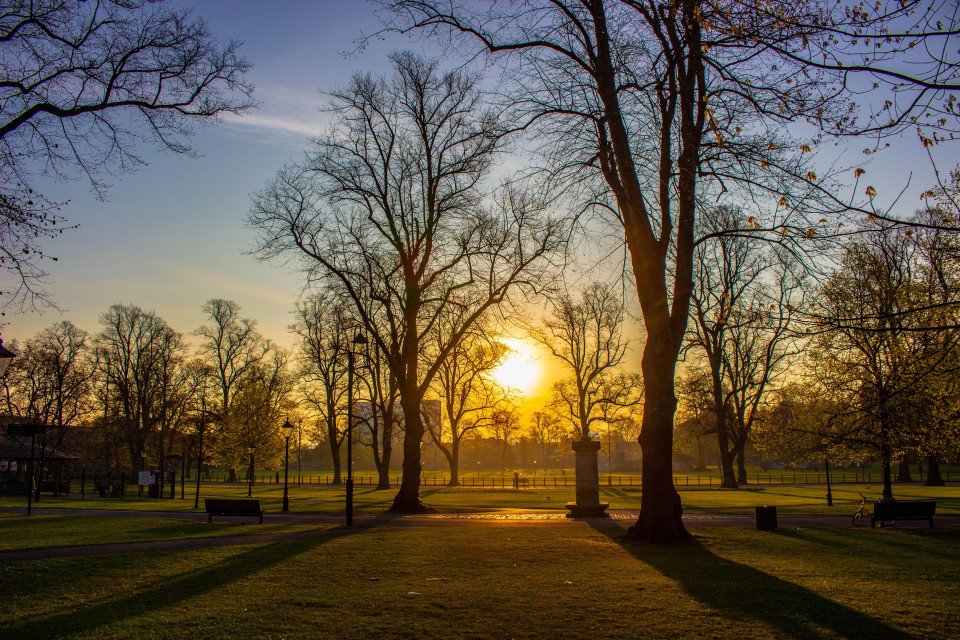
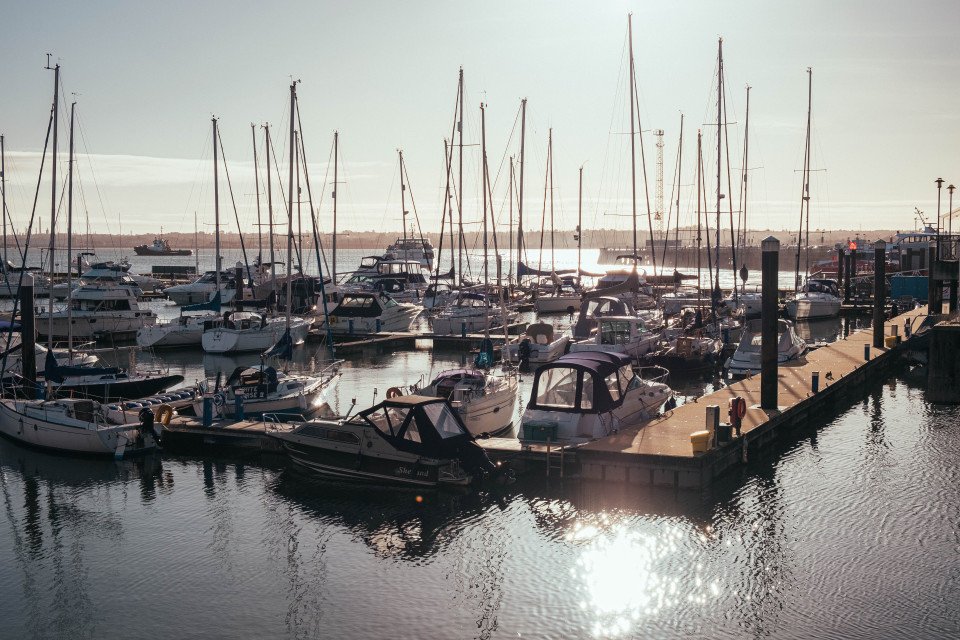

-large_thumb.jpg)









